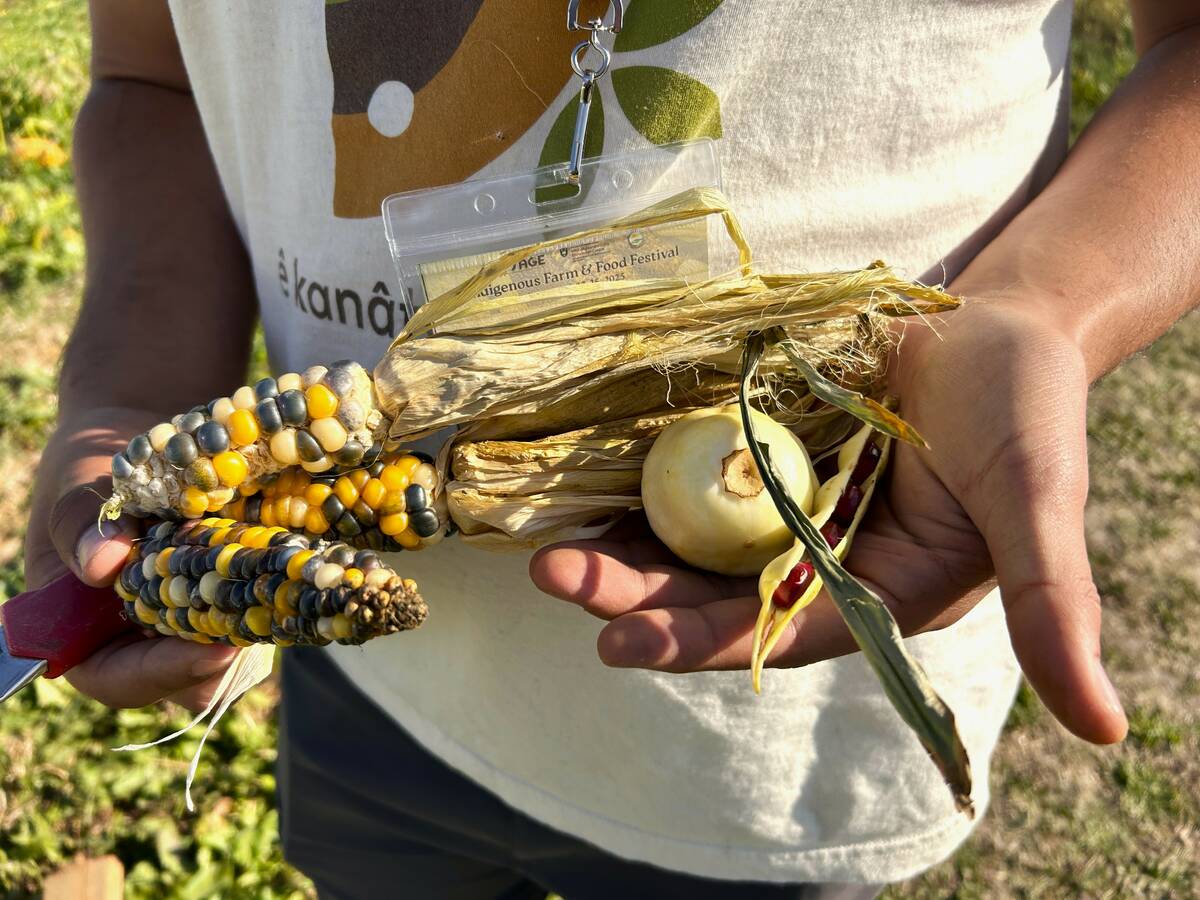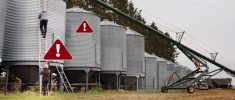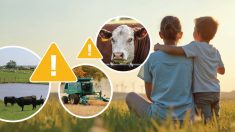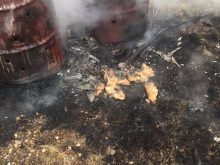STARS air ambulance saw its second-highest number of monthly calls to date last month, with 81 calls during August this year.
Of those, 45 were on-scene emergencies, while the remaining 36 were inter-facility transfers.
Why it matters: With so many farms being remotely located, STARS unfortunately responds to a number of agricultural accidents each year, with call frequency rising during the busy seasons.
From Aug. 13 to Aug. 31 alone, the Manitoba base reported 44 calls.
Read Also

Regenerative practices meet Indigenous knowledge on the Prairies
What do traditional Indigenous agricultural practices and regenerative agriculture have in common? Quite a lot it turns out.
Some of those calls have, unfortunately, impacted farm communities.
In one case last month, STARS was called to an agricultural accident near Laurier, Man., after a round bale rolled into the cab of a tractor, injuring a man in his 50s. The man was transported to the Health Sciences Centre for further treatment.
“Most of Manitoba’s farmers are located rurally and quite remotely, so in the event of an accident STARS is able to get there in about half the time of a traditional ambulance,” Chad Saxon, communications lead with STARS Manitoba, said.
Saxon could not say what percentage of STARS calls involved agricultural employees or equipment, although, “We typically see a rise in agricultural accidents in the spring and fall,” he said.
Aside from busy times such as seeding or harvest, Saxon said STARS has noticed a rise in accidents involving ATVs and dirt bikes over the last two years.
Robert Gobeil, agricultural health specialist with the Canadian Agricultural Safety Association (CASA), said farms should consider a risk assessment for every activity and every piece of machinery on the farm.
“Accidents can happen at any time unfortunately, but there are steps that farmers can take to try to reduce risk of something happening,” he said. “Two things I’d really stress are risk assessment and employee training. Doing a thorough evaluation of every dangerous or hazardous activity will go a long way.”
Employees and operators should be trained and confident in the tasks given to them, he added.
Thea Green, manager of the Keystone Agricultural Producers Farm Safety Program, noted the “golden rule” strategy that farms can adapt.
“Having strict rules around machinery or dangerous activities that every employee follows will help reduce unnecessary risks,” she said. “Simple things like always walking around PTO shafts or never walking under an auger or conveyor are a good starting point.”
Communication and employee safety training also made Green’s short list of farm safety considerations.
“When an accident happens it’s really easy to get flustered, and even telling the EMTs where the farm is located can get confusing,” she said. “Before something happens, take the time to write a proper description to arrive at the farm and all of the operation’s properties away from the main yard.”
Employees working alone might text or call to check in at lunch and the end of the day, she said, while high-visibility clothing is, “another thing I’d like to see become more common on the farm,” Green said.
Those safety plans should also include children and other bystanders, she noted.
According to the Canadian Agricultural Injury Reporting program, 84 children died in agriculture-related deaths between 2006 and 2015, most caused by machinery run-overs or rollovers.
“Safe play areas for children are an idea if you’re concerned about keeping children away from livestock or moving machinery,” Green said. “That way the kids know where they’re allowed to be and the employees and equipment operators need to know where that play-zone is.”
Green also noted that all farms with non-family workers are required by law to purchase WCB (Workers Compensation Board) insurance for employees.
“This is a very inexpensive insurance and it helps to protect the farm owner, the farm worker and the farm business in the case of injury,” she said.
Green added that farmers or people in remote areas requiring STARS should stress that they are remotely located when calling in emergency, therefore assisting with STARS call priority.
“We’re so lucky in Manitoba that we have STARS to provide emergency medical services to our remote farms and people who have been injured in remote areas,” she said.















